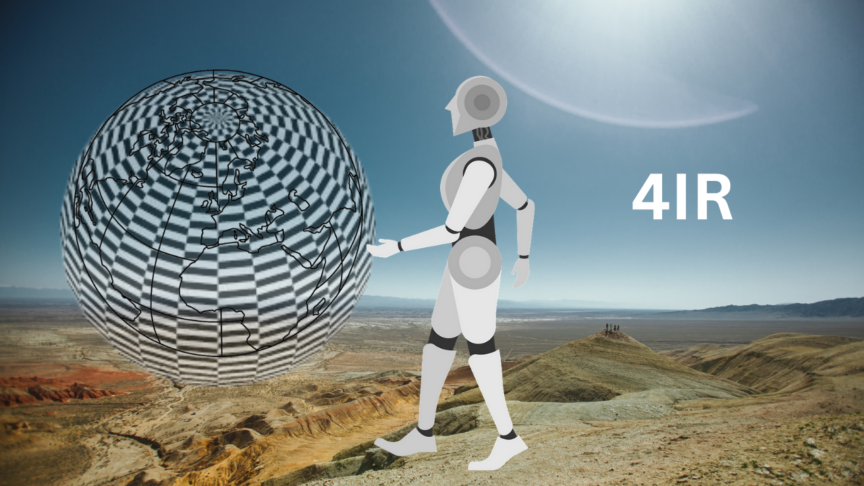Tuesday, August 15, 2023

Looking backwards, historians can pretty clearly define three industrial revolutions. The first, what I like to call the Steampunk revolution, in the mid 1700s to mid 1800s brought us manufacturing processes that relied on machines rather than hand-craft and driven by innovations such as steam power.
Around 1870, when electricity was new and cool, a second wave kicked off with standardization of processes enabling mass production (Hello, workflow!) as well as host of scientific discoveries. We could do stuff faster and those nifty lightbulbs helped us see what we were doing. About a century later, historians suggest that digital computers and communications ushered in a third industrial revolution called the “Digital Revolution” or sometimes just the “Information Age.”
Next, the term Industry 4.0 popped up in 2011 and refers to the use of big-data, analytics, connectivity and robotics to digitize manufacturing. Are we living in a fourth industrial revolution or has it already been superseded by an Artificial Intelligence revolution? It’s hard to see the big picture of history when everything is changing all around you every day. There is no question that the pace of innovation is disrupting the manufacturing sector and changing how and where we find inkjet.
For instance, inkjet has been used in textiles for awhile but scientific breakthroughs continue. Terry Clayton explains how pigment binder inks dramatically simplify inkjet printing on more types of fabrics. Inkjet is making its way into manufacturing processes with direct-to-product and direct-to-container printing as well as inline product packaging and labeling. The number of inkjet label presses on the market is staggering. As LabelExpo nears, Ralf Schlözer has prepared a series on inkjet for labels starting with a market overview and list of presses loosely defined as entry level.
Meanwhile, Mark Bale and I are getting prepped to talk about a very specific kind of Industrial Revolution, the introduction of inkjet to all kinds of industrial printing applications. We’ve noted that a lot of people don’t want to wait for the development cycle for commercially available presses and are integrating, or working with integrators, and creating their own solutions from industrial inkjet components. The pace of innovation has my head spinning, but I don’t want it to stop.
Every time the world turns, it’s a revolution (Science!)
Elizabeth
Sign up to get the newsletter by email

